

Ben Zachariah
CarExpert's top five ute reviews of 2025
49 Minutes Ago
Mitsubishi's Jan Brady is taking off its glasses and braces and adopting a more stylish look for 2021.

News Editor
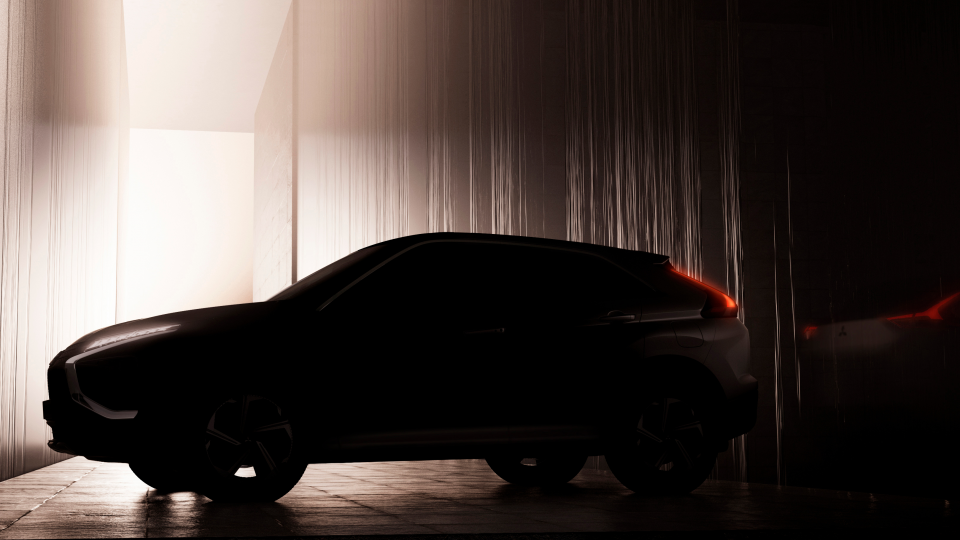

News Editor
The Mitsubishi Eclipse Cross is the oft-forgotten middle child of the local range, wedged in between and outsold by the hot-selling ASX and Outlander.
For 2021, it’s getting its chance to shine with a facelift inspired by the 2017 e-Evolution concept.
Mitsubishi Australia has confirmed the updated model will arrive later this year with the new plug-in hybrid option following in 2021.

The e-Evolution connection means the revised Eclipse Cross will employ a more dramatic version of Mitsubishi’s ‘Dynamic Shield’ grille
Perhaps the most controversial aspect of the current car’s design – its split tailgate glass – is also being excised. Reminiscent of the Honda CR-Z’s tailgate – or, worse, that of the Pontiac Aztek – the split glass polarised opinions of the wedgy SUV.

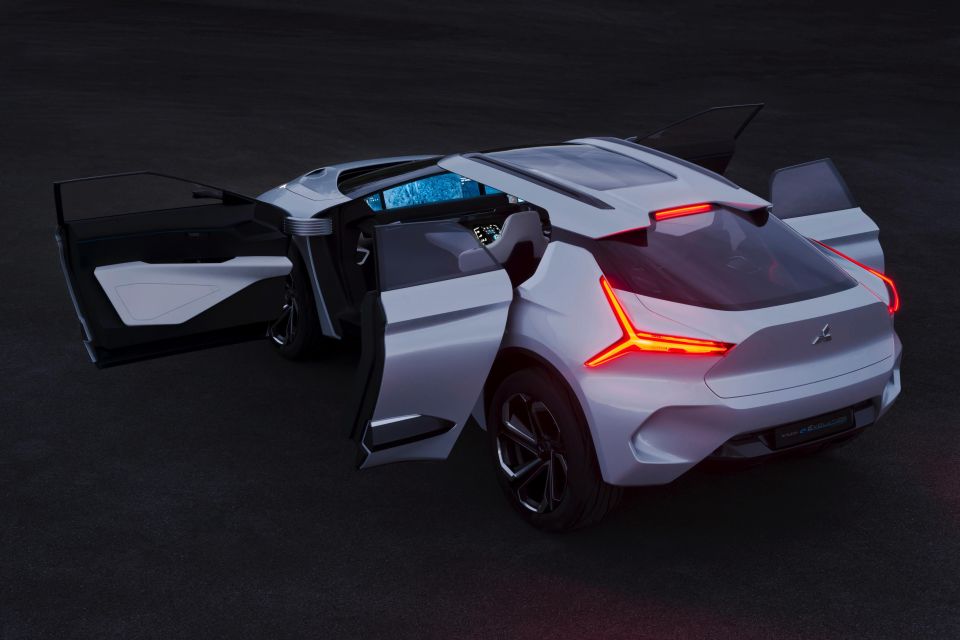
The updated car features a slightly toned-down application of the e-Evolution’s wild, Y-shaped tail lights with the tail light assemblies wrapping around the corners of the rear and stretching across to the tailgate.
In contrast, the current car’s clusters bookend the tailgate, though a light bar stretches across the rear of the car and separates the two rear windows.
Mitsubishi only calls out the “radically changed front and rear design”, which suggests the sides and their prominent creases will remain unchanged. There’s no word on what interior updates we should expect.
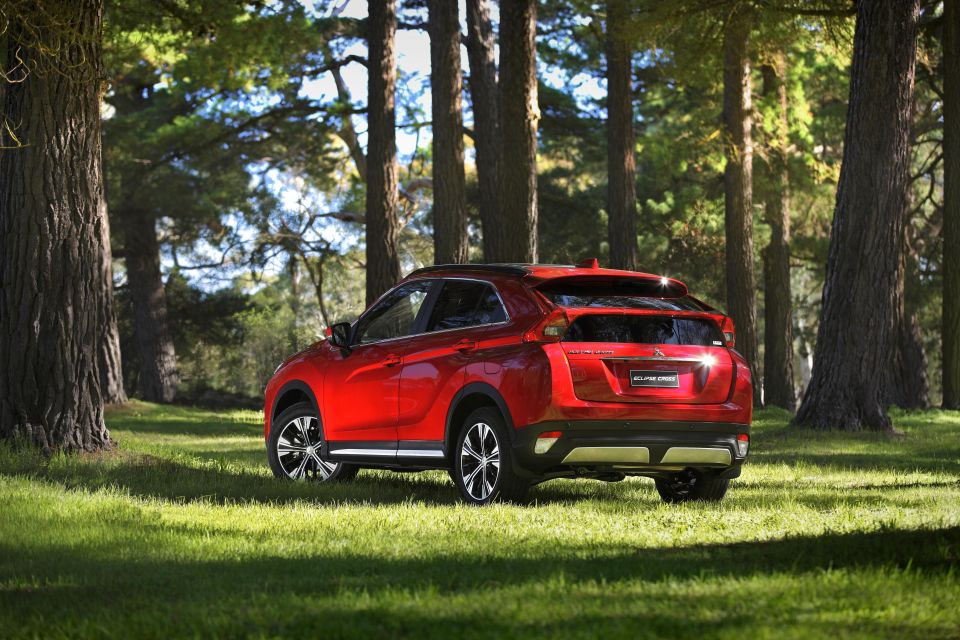
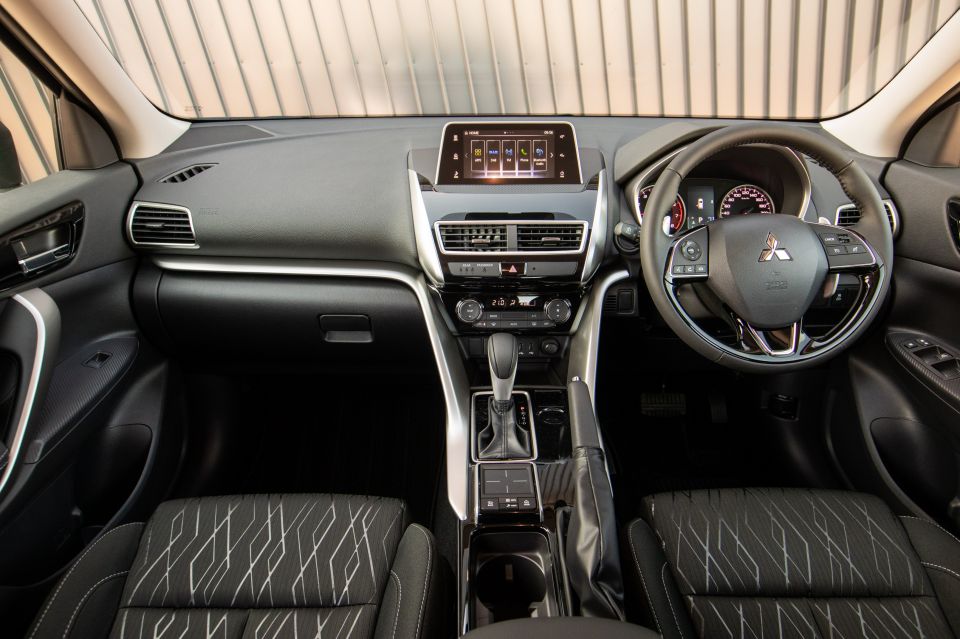
The Eclipse Cross currently has the most modern interior of Mitsubishi’s crossover SUV range but a new Outlander is set to launch next year and will likely feature a dramatically more modern cabin than the current model.
We don’t yet know which drivetrain the Eclipse Cross PHEV will use. It could feature the same drivetrain as the current Outlander PHEV, which pairs a 2.4-litre petrol engine with front and rear electric motors and a 13.8kWh battery, or it could premiere the new PHEV drivetrain that’ll be used in the next-generation Outlander PHEV due next year or early in 2022.
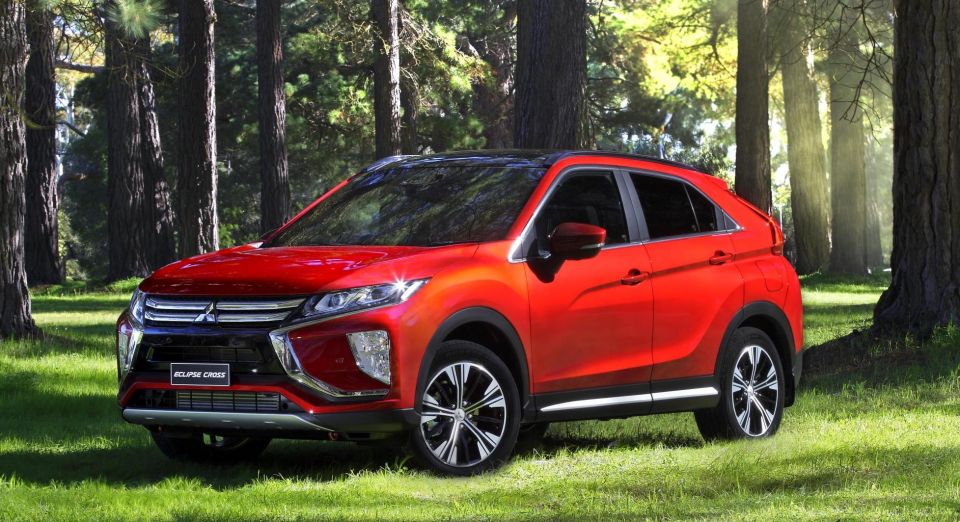
The introduction of the Eclipse Cross PHEV will allow Mitsubishi to sell plug-in hybrid tech at a lower price point. But while Mitsubishi once had the mainstream plug-in SUV market to itself, there’s a raft of new PHEV SUVs on the way including the Ford Escape PHEV and MG e-HS.
The facelift and addition of a PHEV model could help Mitsubishi boost sales of the Eclipse Cross. Year-to-date, Mitsubishi has sold 2780 of the small SUV while its similarly-sized platform-mate, the ASX, is Australia’s favourite small SUV with a total of 8776 sales so far this year.
The Eclipse Cross is pricier than its more popular stablemate, however. The ASX starts at $23,990 before on-road costs while the Eclipse Cross range opens at $29,990 before on-roads, though the latter has a torquier turbocharged engine and a more modern cabin.
Introduced in 2017, the Eclipse Cross uses an updated version of the ASX and Outlander’s GS platform that dates back to 2007.
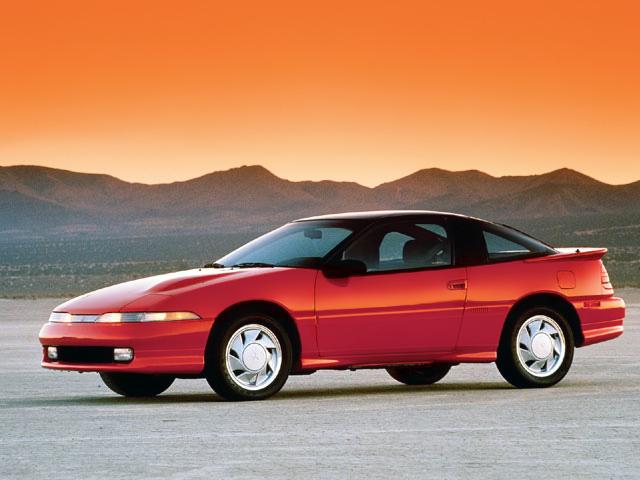
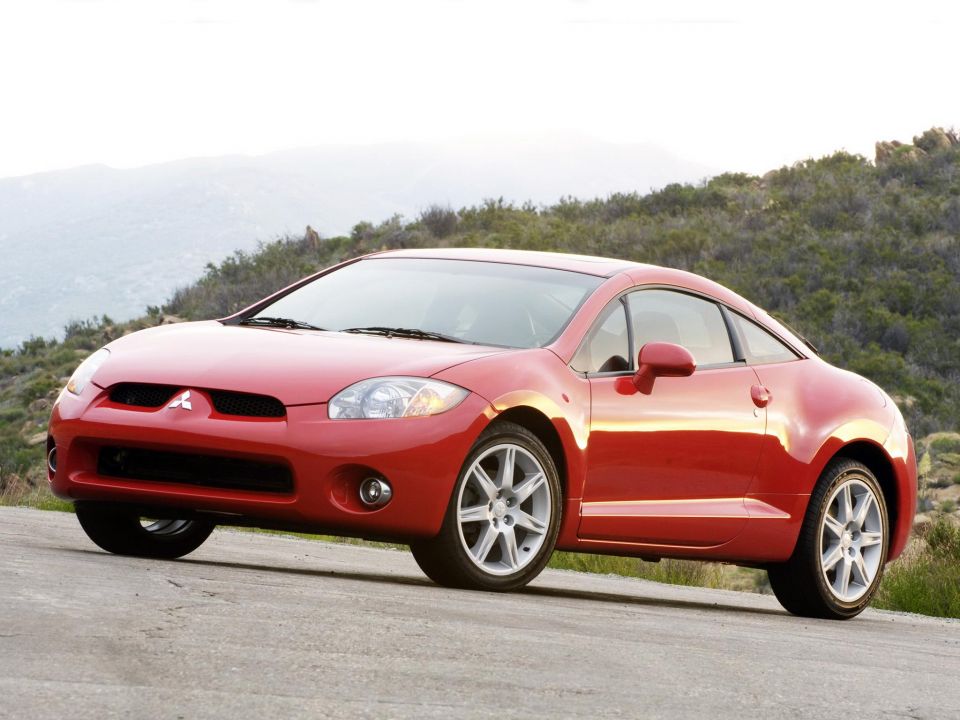
Controversially, it reused the Eclipse name, best known for its appearance in the first Fast and the Furious film. That model had slowly morphed from a lithe sports coupe with an optional turbo and all-wheel drive into a more languid cruiser, with the final generation – discontinued in 2012 – sharing its platform with the large Galant and 380.
Since its launch, Ford has followed suit in dusting off the Puma name, also once used on a coupe, for a small crossover SUV.
Where expert car reviews meet expert car buying – CarExpert gives you trusted advice, personalised service and real savings on your next new car.
William Stopford is an automotive journalist with a passion for mainstream cars, automotive history and overseas auto markets.


Ben Zachariah
49 Minutes Ago


Derek Fung
1 Hour Ago


Matt Campbell
8 Hours Ago


William Stopford
24 Hours Ago


Josh Nevett
1 Day Ago


Ben Zachariah
2 Days Ago